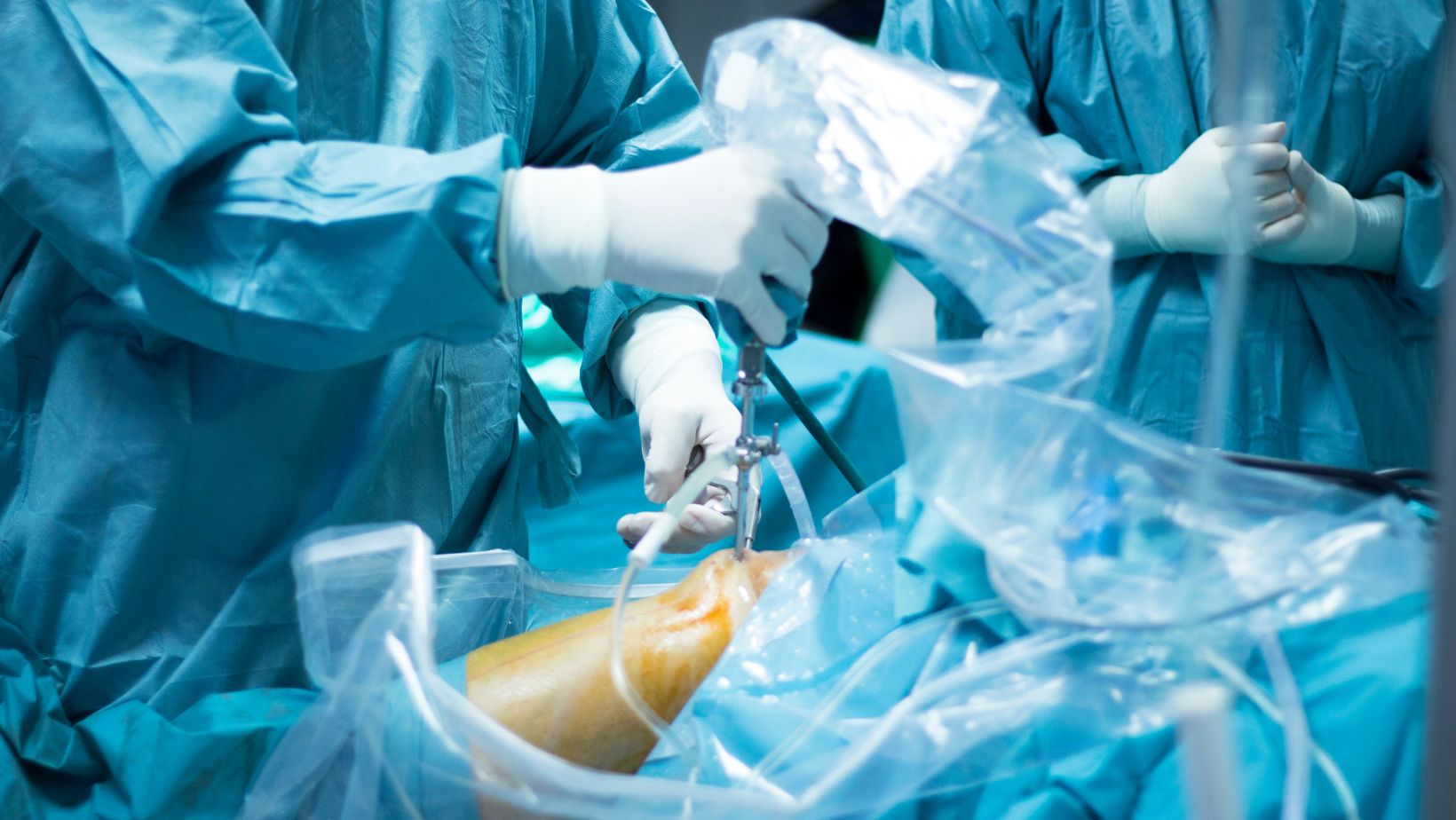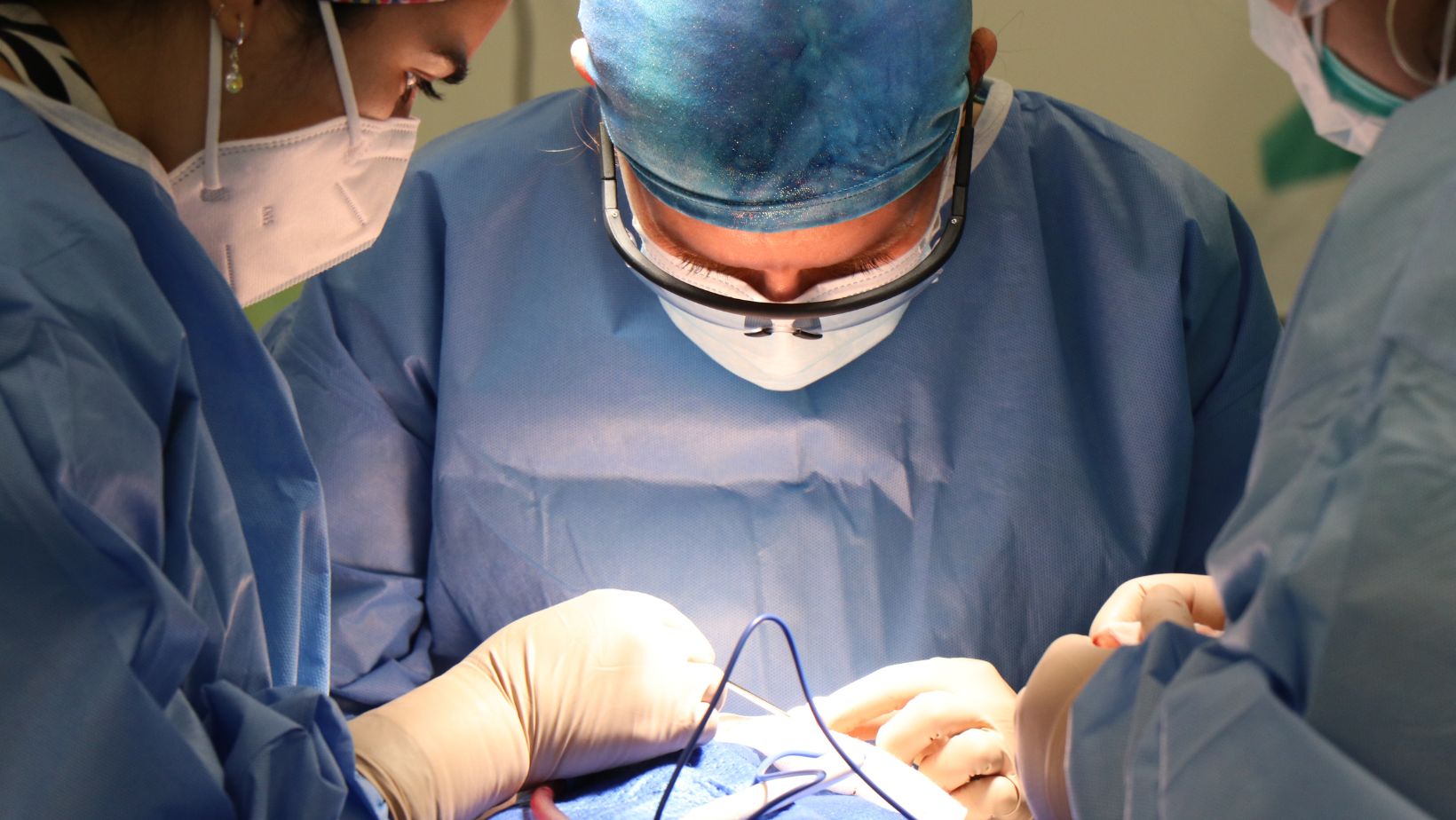Robotic Surgery vs. Traditional Surgery: Dr. Brian Richardson’s Insights on Patient Recovery

Understanding the evolution and impact of surgical techniques, both traditional and robotic, offers insights into the broader medical field’s progression.
The integration of robotic technology in surgeries has revolutionized patient outcomes, notably in terms of precision, reduced trauma, and quicker recovery times.
Traditional surgery, while more established, continues to be relevant, especially in scenarios where robotic surgery is not accessible. Comparisons between these methods reveal significant differences in recovery processes, with robotic surgery often leading to faster patient recovery and fewer complications.
Patient stories and real-world data further illustrate these points, highlighting personal experiences and research findings.
Below, Dr. Brian Richardson examines ongoing innovations in both robotic and traditional surgery, unique advancements that promise to enhance surgical outcomes and patient care even further.
Understanding Robotic and Traditional Surgery
Robotic surgery represents a cutting-edge advancement where surgeons use robotic systems to perform complex procedures with precision and minimal invasiveness. This technique, which has seen rapid adoption since its introduction in the late 20th century, leverages high-definition 3D vision and robotic arms that mimic the movements of the surgeon’s hands but with enhanced steadiness and a range of motion beyond human limits.
On the other hand, traditional surgery, also known as open surgery, relies directly on the expertise and manual skill of the surgeon operating using standard surgical instruments.
The historical progression of surgical methods from traditional to robotic reflects a broader trend toward integrating technology in medical treatments to improve outcomes. While traditional surgery has been practiced for centuries, the emergence of robotic surgery has revolutionized the approach to many procedures, offering the potential for less tissue damage and quicker healing times. Both methods hold distinct roles in modern medicine, often chosen based on the specific needs and conditions of the patient.
The medical community has witnessed a shift in how surgeries are performed, as well as in training and procedural planning, as it transitions from conventional techniques to sophisticated robotic machinery.
Surgeons must now become adept at managing robotic controls while maintaining their skills in traditional practices. This dual requirement underscores the evolving nature of medical expertise in the face of technological advancements.
Analyzing Patient Recovery: Robotic vs. Traditional Surgery
When comparing robotic surgery to traditional surgery, one significant aspect to consider is the recovery process for patients. Robotic surgery generally leads to shorter hospital stays. This is primarily due to smaller incisions, which are less invasive and, thus, promote faster healing. Patients experience lower levels of pain and discomfort, which can be attributed to the precision of robotic arms that minimize tissue trauma during surgery.
Consequently, individuals are often able to return to their daily activities more quickly than those who undergo traditional surgery.
In contrast, traditional surgery, with its larger incisions, typically results in more extended post-operative hospital stays. The recovery process can be more challenging due to the increased pain and extended physical limitation during healing. As such, the timeline for a patient to resume normal activities can be significantly delayed, impacting their overall quality of life post-surgery.
Research and Data on Surgical Outcomes
A plethora of studies underscores the differences in recovery outcomes between robotic and traditional surgeries.

Research highlights that robotic surgery patients tend to have fewer complications, such as infections or postoperative pain, which directly correlates with a faster recovery trajectory.
Additionally, data collected from various healthcare institutions reveal a lower rate of readmission for patients who opt for robotic-assisted procedures, suggesting not only a smoother recovery period but also a more effective overall treatment.
The effectiveness of each surgical type is continuously evaluated through clinical trials and longitudinal studies, ensuring that medical practice evolves based on evidence-based outcomes.
This ongoing research is crucial in guiding medical professionals toward making informed decisions that enhance patient care. As the body of evidence grows, it becomes an invaluable resource for hospitals and clinics aiming to improve their surgical standards and patient recovery processes.
Patient Stories and Real-World Examples
The narrative of a patient who underwent robotic surgery after a diagnosis of prostate cancer vividly illustrates the advancements in patient care. This individual was able to leave the hospital within a day following the procedure, a stark contrast to the extended stays often required after traditional surgeries.
The swift recovery allowed him to resume his professional activities quickly and maintain family commitments, substantially minimizing disruption to his life.
Advantages and Limitations of Each Surgical Type
Robotic surgery is renowned for its precision and the ability to perform complex procedures with minimal incisions. This not only reduces the risk of infection but also significantly cuts down the recovery time.
However, it is essential to acknowledge that the high costs associated with robotic surgeries and the need for specialized training can limit access to this type of surgery. Traditional surgery, while often more invasive, can be performed at a lower cost and is accessible in most medical facilities, which is crucial for patients in areas without advanced robotic technology.
Looking Ahead: Trends and Innovations in Surgery
The future of surgery holds promising advancements that aim to minimize patient discomfort further and accelerate recovery times. Innovations in robotic surgery continue to develop, with research focused on enhancing robotic precision and expanding the range of procedures that can be performed robotically.
Meanwhile, traditional surgical methods are also benefiting from new techniques and technologies that reduce risks and improve outcomes. As these trends continue, the line between robotic and traditional surgery may blur, leading to a new era of surgical care that combines the best aspects of both approaches.
-
Personal Finance1 year ago
How Do I Find My UCAS ID Number?
-
Success6 years ago
Consistency: The Key Ingredient to Success
-
Personal Finance1 year ago
What Does Conditionally Approved Mean For An Apartment?
-
Motivation3 years ago
How To Become a More Organized Person?
-
Others5 years ago
Work Health and Safety: 8 Reasons to Maintain a Clutter-free Office
-
Entrepreneurs4 years ago
Why Diversity is Key in Business Marketing
-
HK Pools1 year ago
The HK Pools Forum Comunity Jos Markotop 2D Warna Kuning – A Great Way to Stay Connected
-
Sport2 years ago
What Makes Soccer Betting So Great?




























